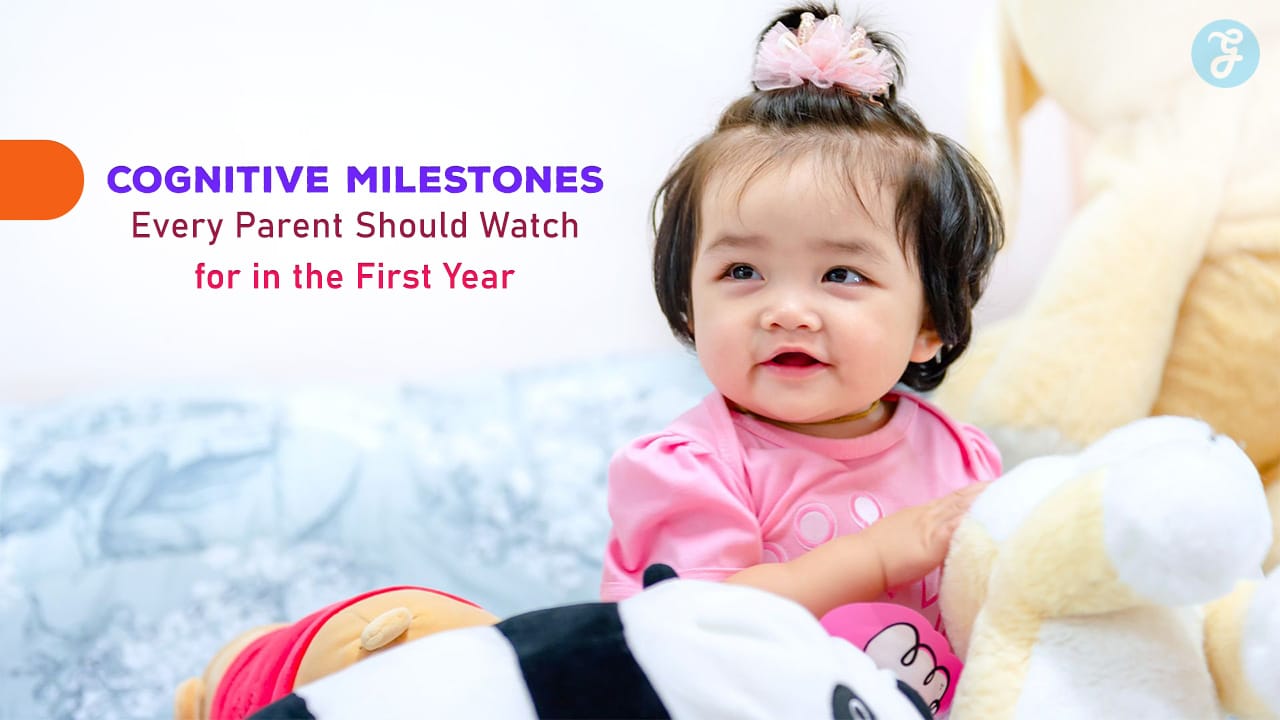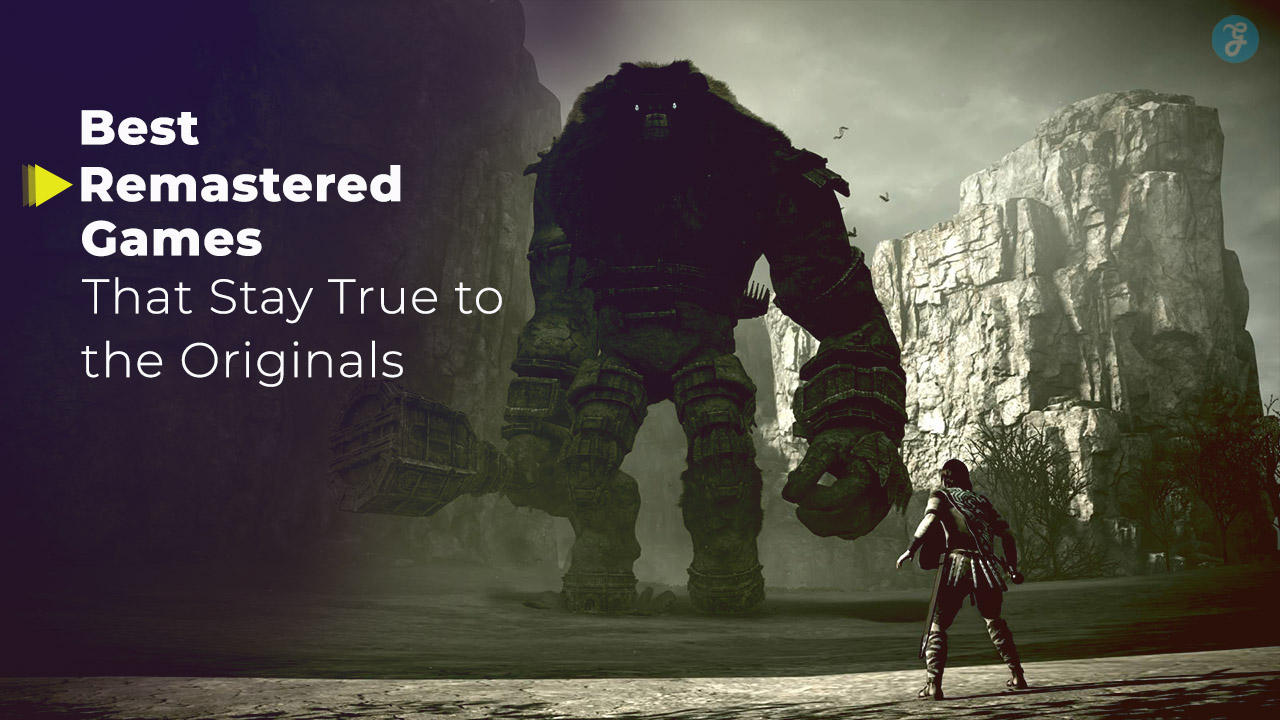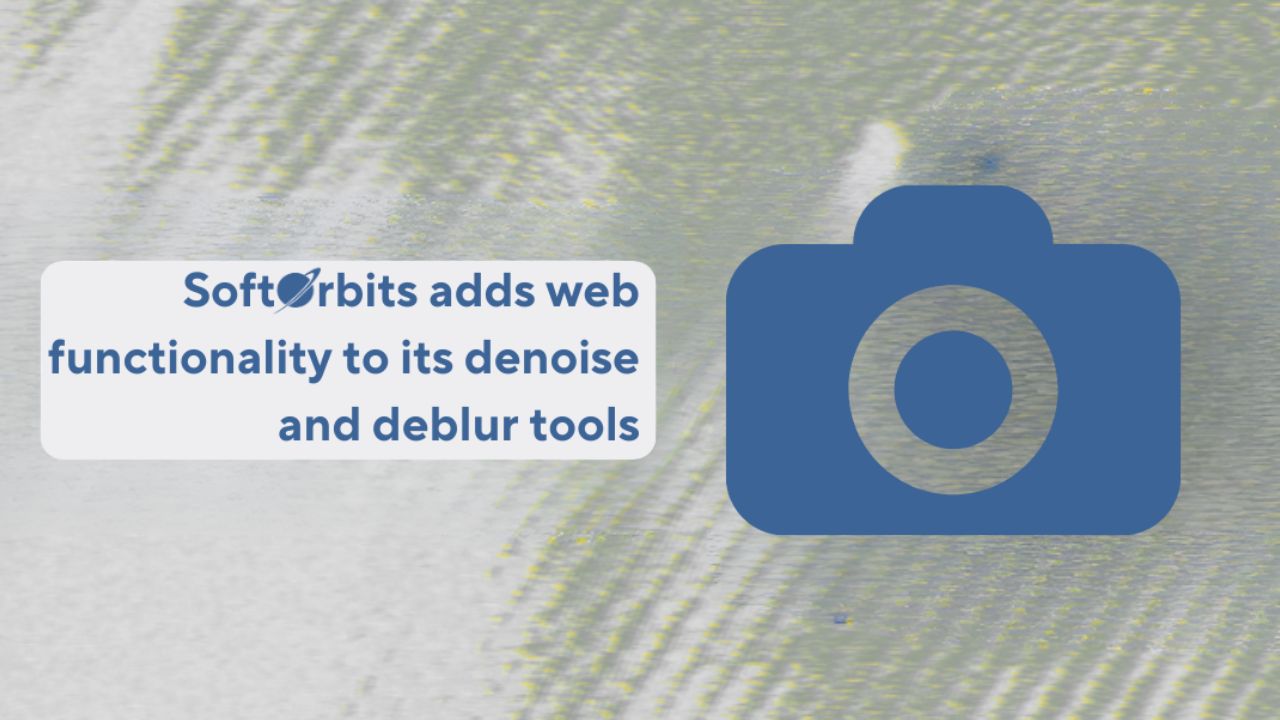The first year of life is a time of extraordinary growth and development for babies.
This period is packed with cognitive milestones that set the foundation for future learning and behavior.
While physical growth is often easy to measure (through height, weight, and motor skills), cognitive development can be a bit subtler.
However, it is no less important.
Cognitive milestones give parents insights into how their baby is starting to process the world, solve problems, understand language, and engage socially.
Understanding these milestones helps parents not only celebrate the little victories but also identify if their baby is developing at a healthy pace.
Every baby develops at their own rate, but being aware of what cognitive milestones to look for in the first year helps caregivers support and foster a baby’s early learning experiences.
Let’s explore these 10 essential cognitive milestones and how they manifest in your baby’s first year.
1. Recognizing Faces (0-2 Months)
What it is:
One of the earliest signs of cognitive development is a baby’s ability to recognize familiar faces.
Newborns start focusing on human faces within days of birth, showing a preference for their parents’ or caregivers’ faces.
By the end of the second month, they can differentiate between known and unknown people.
Why it matters:
This ability is a precursor to social interaction.
Babies are highly social beings, and their preference for human faces is their way of connecting with the world around them.
Recognizing faces helps babies establish bonds with their caregivers, setting the stage for attachment, which is crucial for emotional and social development.
What to look for:
In the first two months, look for your baby to make eye contact, follow faces with their eyes, and smile at familiar faces.
These are early signs that their brain is starting to process and retain visual information about the people around them.
2. Object Tracking (2-3 Months)
What it is:
Around two to three months, babies begin to follow moving objects with their eyes.
This ability, known as object tracking, is an early sign of their developing visual and motor coordination, which helps them understand their surroundings.
Why it matters:
Object tracking is essential for later problem-solving and hand-eye coordination.
It’s a cognitive skill that helps babies learn how objects move, which becomes foundational for understanding more complex concepts like distance, speed, and cause and effect.
What to look for:
Watch how your baby focuses on objects, such as toys or your face, and how their eyes follow these objects as they move.
A baby that shows consistent eye movement following objects across a room is demonstrating early cognitive and visual development.
3. Differentiating Sounds (3-4 Months)
What it is:
Between three to four months, babies begin to differentiate between different sounds, especially voices.
They are particularly attuned to human speech and can recognize the unique sound of their parents’ or caregivers’ voices.
During this time, babies also begin to coo and babble, imitating sounds they hear.
Why it matters:
This is a key milestone for language development.
Babies need to recognize the rhythm and tone of speech long before they can speak themselves.
By understanding different sounds, babies start building the foundations for language acquisition.
What to look for:
Pay attention to how your baby reacts to different sounds.
Do they turn their heads toward a noise?
Do they smile when you speak to them?
Babies often coo or babble back when spoken to, showing they are beginning to differentiate and respond to various vocal sounds.
4. Grasping and Exploring Objects (4-5 Months)
What it is:
By four to five months, babies begin reaching out, grasping, and holding onto objects, which marks the start of their exploration of the world through touch.
This period also often coincides with babies putting objects into their mouths to further explore them.
Why it matters:
Grasping objects helps develop motor skills, but it also plays a significant role in cognitive development.
This ability allows babies to understand cause and effect (if I reach out, I can grab this object) and introduces them to concepts of texture, weight, and shape, which are essential for problem-solving later in life.
What to look for:
Babies at this stage will reach out to grab toys or other nearby objects.
They will spend time turning objects in their hands, passing them from one hand to the other, or putting them in their mouth as part of their exploration process.
5. Object Permanence (6-7 Months)
What it is:
One of the most famous cognitive milestones is the understanding of object permanence, which occurs around six to seven months.
This means that babies start to realize that objects still exist even when they are out of sight.
Why it matters:
Object permanence is a crucial milestone in cognitive development because it represents a baby’s understanding that the world is more than what they can see at any given moment.
This concept is fundamental for memory development and for understanding more complex problem-solving concepts later on.
What to look for:
Play peek-a-boo or hide a toy under a blanket and watch how your baby reacts.
If they attempt to uncover the toy or show excitement when the object reappears, they are beginning to grasp the concept of object permanence.
6. Cause and Effect (7-8 Months)
What it is:
By around seven to eight months, babies start to understand the basic principle of cause and effect.
They realize that their actions can cause specific reactions, which opens up a new way for them to interact with their environment.
Why it matters:
The understanding of cause and effect is essential for problem-solving and logical thinking.
Babies use this cognitive skill to manipulate objects, learn how things work, and eventually, solve more complex problems.
What to look for:
Babies at this stage will start experimenting with actions like dropping toys from their high chair to see what happens or pushing buttons on toys that produce sound or light.
These behaviors show that they are beginning to understand how their actions can influence the world around them.
7. Imitation and Social Learning (8-9 Months)
What it is:
Around eight to nine months, babies start to imitate the actions, sounds, and behaviors of those around them.
This form of social learning is crucial for cognitive and emotional development, as babies learn by watching and mimicking the actions of others.
Why it matters:
Imitation is how babies learn essential life skills, including language, social interaction, and problem-solving.
Through imitation, they begin to understand the world and learn how to navigate social situations.
What to look for:
You might notice your baby copying simple actions, like clapping hands, waving, or trying to mimic sounds or facial expressions.
This is a sign that they are learning through observation and are starting to grasp the importance of social cues.
8. Problem-Solving (9-10 Months)
What it is: Aro
und nine to ten months, babies become more adept at solving simple problems.
They may use trial and error to figure out how to achieve a goal, such as retrieving a toy that’s out of reach or opening a box to get something inside.
Why it matters:
Problem-solving is a critical cognitive skill that underpins future learning.
As babies learn to solve problems on their own, they build the confidence and cognitive flexibility needed for more complex challenges in the future.
What to look for:
Watch how your baby approaches tasks like retrieving toys, figuring out how a new toy works, or maneuvering around obstacles.
At this stage, they may start to use both their hands and their minds to solve simple problems.
9. Understanding Simple Instructions (10-11 Months)
What it is:
By ten to eleven months, babies start to understand simple instructions and commands.
They may respond to phrases like “come here,” “no,” or “give me the toy.”
This shows that their receptive language skills are developing, even if they’re not yet speaking many words themselves.
Why it matters:
Understanding instructions is an important part of language development and social interaction.
It also indicates that a baby is learning to follow rules and comprehend communication beyond just recognizing sounds.
What to look for:
You can test this cognitive milestone by giving your baby simple commands or asking them to point to familiar objects.
Their ability to follow these directions demonstrates growing comprehension and memory.
10. First Words and Symbolic Understanding (11-12 Months)
What it is: By the end of the first year, many babies begin to say their first words.
While these words might be simple (like “mama” or “dada”), they represent a significant leap in cognitive development.
Additionally, babies start to understand that words are symbols that stand for objects or people.
Why it matters:
The ability to use language is a profound milestone in cognitive development. Language allows babies to communicate their needs, thoughts, and emotions.
The connection between words and their meanings forms the basis of all future learning and communication.
What to look for:
Babies around this age may say their first words or consistently associate words with objects.
For example, they might look at their mother when saying “mama” or point to a cup when they want a drink.
This is a sign that they are starting to use language as a tool for communication.
Final Thoughts
Each of these cognitive milestones represents a small but significant step in your baby’s journey of mental development.
From recognizing faces to saying their first words, the cognitive growth that takes place in the first year lays the foundation for future learning and social interactions.
While every baby is different, and some may reach these milestones slightly earlier or later than others, being aware of these developmental markers helps parents understand and support their child’s cognitive growth.
It’s important to celebrate these milestones and encourage your baby’s development through interaction, play, and positive reinforcement.
However, if you ever have concerns about your baby’s development, it’s always wise to consult with a pediatrician.
Early detection of potential delays can help ensure that your baby receives the support they need to thrive.







































